Packaging is no longer just a vessel to hold product; it is a part of a broader marketing strategy. When introducing a new product or restocking an existing one, the printing technique used for your labels can make a difference in the price, delivery time, and even the perception of the product by the consumer. But what is the best choice for your product and brand – digital or flexographic? We'll take you through some key differences.
Speed and Agility vs. High Volume Efficiency
This is important for companies whose products are in the FMCG category or those that introduce new campaigns often. Digital label printing does not require the use of printing plates, which means that products can be produced on demand and changes in the design can be made easily. This makes it possible to produce packaging for the seasonal, limited edition, customised or small batch production and do it quickly without having to incur additional setup costs.
Nevertheless, some brand owners may think that digital label printing is too costly in the long run. The truth is that although digital has a slightly higher per-unit cost product, it prevents overproduction. Some brands that use flexographic printing may have to order more quantities of the products to make the setup worth it, but this results in a large amount of inventory, storage problems, and potential for the products to become obsolete if the packaging needs change.
If you are dealing with high volume and products that will be used for the long term and do not change often, then flexographic printing of labels is the most economical. Even though set-up costs and lead time are higher for flexo, it offers a cost per unit advantage when there is a large quantity of labels required.
The Unseen Costs of Offshore Printing
It is taken for granted by most companies that they will be saving money by printing labels offshore, yet the practice is not risk-free, and this is seldom factored in at the outset. Increased logistics expenses continued worldwide supply chain disruption, and longer shipping durations all work together to negate the cost benefits of outsourcing through delays, product damage, and quality problems.
Onshore printing provides a feasible alternative, enabling brands to respond immediately to changes in demand without having to rely on months' worth of lead times. It is especially useful for companies bringing a new product to market since local printing enables immediate market testing and adjustment in real time.
Customisation: The Digital Edge
Consumers today anticipate personalised experience, and digital print obliges. It is now simple for brands to introduce unique batch-of-one barcodes, serialised QR codes, or localised messages into the pack designs.
A concern that most brand owners have is whether digital printing can deliver colour consistency from run to run. Although flexographic printing has a reputation for very precise Pantone colour matching, digital technology has developed a lot, and today it delivers high-resolution prints with rich, consistent colours as well as decoration capabilities. Sophisticated digital presses also feature accurate colour calibration, which provides brand integrity with several runs of production.
Sustainability: Minimising Waste and Future-Proofing Packaging
With environmentally aware consumers calling for sustainable packaging, brands must think long and hard about their print choices. Conventional flexographic print, although great at volume, is extremely wasteful of material because it entails plates, set-up waste, along with over-production to achieve minimum order quantities.
On the other hand, digital printing reduces waste by avoiding the need to produce plates and minimising overprinting. Digital print durability could be a disadvantage for certain brand owners, especially for food and beverage packaging, but coatings and varnishes can be added after printing to introduce additional resistance to moisture, heat, and handling. Label application is also an important factor in the label design process.
Compliance and Adaptability
For sectors such as food and pharmaceuticals, where labelling of packages is strictly regulated, digital printing has a significant advantage. With changing regulations, flexographic printing needs expensive plate changes, while digital files can be altered in real time. Digital printing similarly has a distinct advantage when individual serialised 2D codes are to be used for pharmaceuticals.
Final Takeaway
For brands wishing to remain nimble, minimise waste, and test customisation, the benefits of digital printing are obvious.
For large, well-established product lines, however, where unit cost is a main driver, flexographic printing is a proven, reliable, cost-efficient option.
Regardless of print type, insignia has the expertise and technology in label converting to suit your business needs and labelling strategy.
Speak to an expert
Not quite sure what type of label will best suit your application? Our product specialists can offer help or guidance on a solution that will meet your needs now and into the future.













